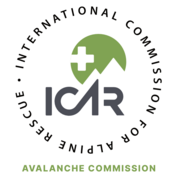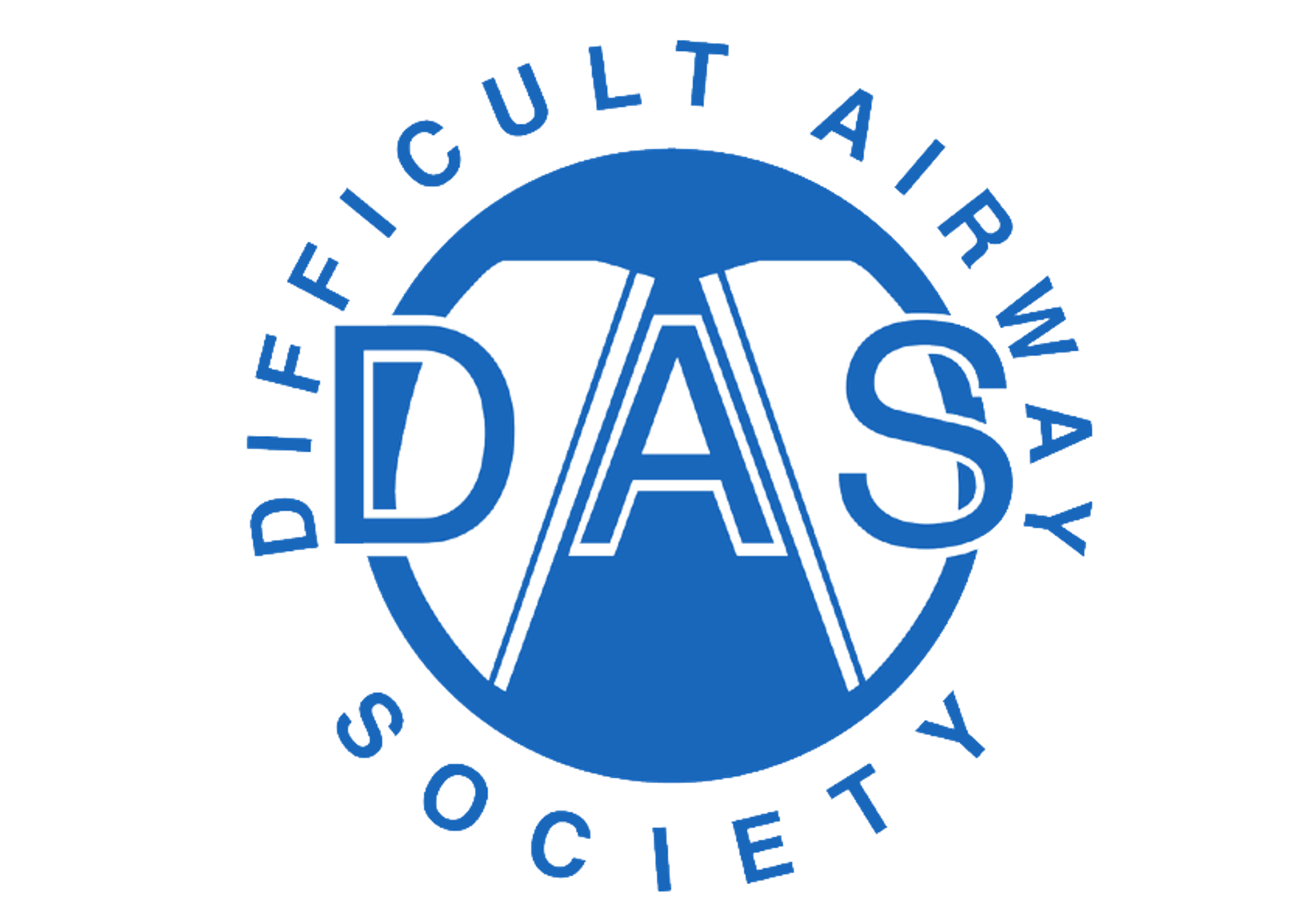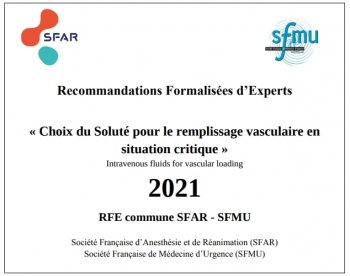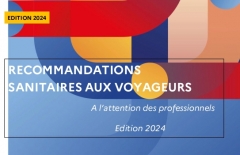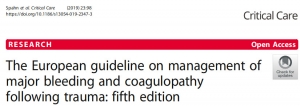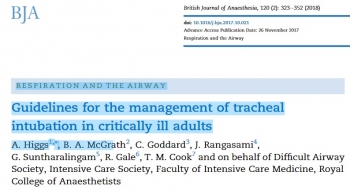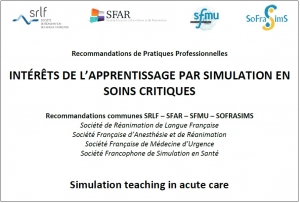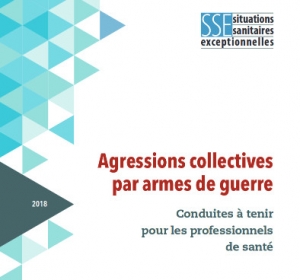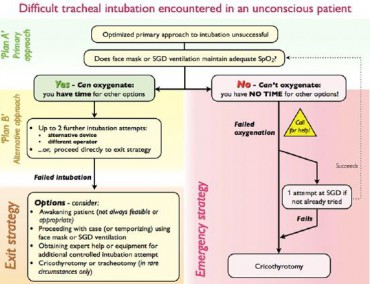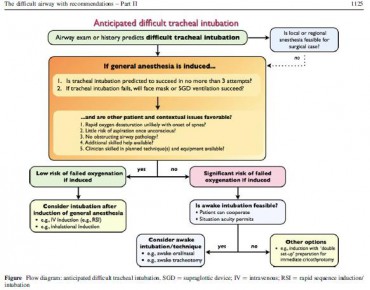30/11/2025
Reco Sauvetage en montagne ICAR
21/11/2025
DAS 2025:Çeco Intubation difficile imprévue
Difficult Airway Society 2025 guidelines for management of unanticipated difficult tracheal intubation in adults
08/06/2022
Trauma Prehospitalier: Aides
| Tags : traumatologie
15/12/2021
RFE Rempliisage vasculaire
| Tags : remplissage
26/11/2020
Recommandations voyageurs 2024
17/07/2019
The pre-hospital management of life-threatening chest injuries: A consensus statement from the Faculty of Pre-Hospital Care
| Tags : thorax
25/04/2019
Anesthésie PréHosp: Recos scandinave
| Tags : airway
10/04/2019
Saignements majeurs: 5ème révision EU
27/03/2019
Management of tracheal intubation in critically ill adults
| Tags : airway
16/03/2019
Reco Simulation
15/09/2018
Aggressions collectives par arme de guerre
06/06/2018
March: Aussi chez les chinois
Expert consensus on the evaluation and diagnosis of combat injuries of the Chinese People’s Liberation Army
15/10/2017
RFE 2017 In/Extubation en anesthésie
| Tags : intubation, coniotomie, airway
03/12/2016
Intubation/Extubation en REA
23/09/2016
SFMU: Reco Anaphylaxie
04/06/2016
European guideline on management of major bleeding / Trauma
The European guideline on management of major bleeding and coagulopathy following trauma: fourth edition
Rossaint et al. Critical Care (2016) 20:100
Background: Severe trauma continues to represent a global public health issue and mortality and morbidity in trauma patients remains substantial. A number of initiatives have aimed to provide guidance on the management of trauma patients. This document focuses on the management of major bleeding and coagulopathy following trauma and encourages adaptation of the guiding principles to each local situation and implementation within each institution.
Methods: The pan-European, multidisciplinary Task Force for Advanced Bleeding Care in Trauma was founded in 2004 and included representatives of six relevant European professional societies. The group used a structured, evidence-based consensus approach to address scientific queries that served as the basis for each recommendation and supporting rationale. Expert opinion and current clinical practice were also considered, particularly in areas in which randomised clinical trials have not or cannot be performed. Existing recommendations were reconsidered and revised based on new scientific evidence and observed shifts in clinical practice; new recommendations were formulated to reflect current clinical concerns and areas in which new research data have been generated. This guideline represents the fourth edition of a document first published in 2007 and updated in 2010 and 2013.
Results: The guideline now recommends that patients be transferred directly to an appropriate trauma treatment centre and encourages use of a restricted volume replacement strategy during initial resuscitation. Best-practice use of blood products during further resuscitation continues to evolve and should be guided by a goal-directed strategy. The identification and management of patients pre-treated with anticoagulant agents continues to pose a real challenge, despite accumulating experience and awareness. The present guideline should be viewed as an educational aid to improve and standardise the care of the bleeding trauma patients across Europe and beyond. This document may also serve as a basis for local implementation. Furthermore, local quality and safety management systems need to be established to specifically assess key measures of bleeding control and outcome.
Conclusions: A multidisciplinary approach and adherence to evidence-based guidance are key to improving patient outcomes. The implementation of locally
10/01/2016
ERC 2015 Guidelines
18/06/2015
Intubation difficile: La vision canadienne actualisée
Prise en charge des voies aériennes – 1re partie – Recommandations lorsque des difficultés sont constatées chez le patient inconscient/anesthésie
Can J Anesth/J Can Anesth (2013) 60:1089–1118
Un document à lire dans le détail car insistant beaucoup sur la notion de facteur humain et se positionnant volontairement en retrait sur les aspects matériels mis en avant ces dernières années;
Prise en charge des voies aériennes – 2e partie – Recommandations lorsque des difficultés sont prévues
Can J Anesth/J Can Anesth (2013) 60:1119–1138
| Tags : intubation, airway
Reco US Intubation difficile
| Tags : intubation, airway
20/03/2015
Guidelines for field management of combat related head trauma

